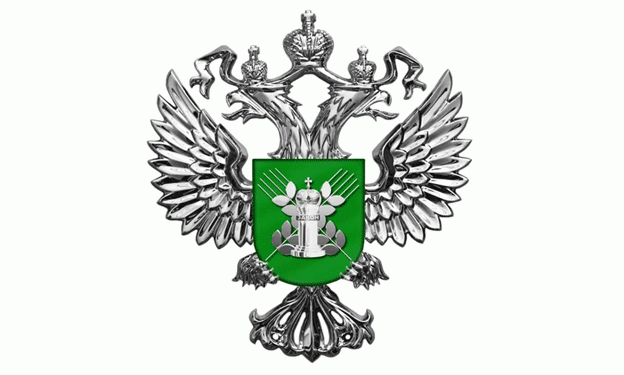Kabardino-Balkaria, a key grain-producing region in Russia, has embraced advanced monitoring systems to enhance the traceability of its grain products. In 2024, the region harvested over 1 million tons of grain, including cereals, maize, oilseeds, and legumes. Of this, more than 210,000 tons were subject to traceability checks through the Federal Grain Information System (FGIS “Zerno”).
FGIS “Zerno” plays a pivotal role in ensuring the traceability of grain from harvest to the end consumer. By utilizing this system, authorities can monitor compliance, improve market transparency, and maintain product quality standards.
Tracking Grain Movement
By November 20, 2024, FGIS “Zerno” had processed 3,800 consignment documents (SDIZ) for grain shipments. This includes:
- 343 SDIZ for export operations.
- Over 3,500 SDIZ for domestic grain transportation.
The system allows for detailed tracking of grain transactions, ensuring compliance with national regulations like the Russian Federation’s Grain Law. It also enables authorities to identify non-compliant producers. Recently, several agricultural producers who failed to register in the system were issued warnings and advised to rectify their status to meet legal requirements.
Export and Domestic Operations
Kabardino-Balkaria has been active in both domestic and international grain markets. The system ensures that exporters and domestic traders meet traceability and quality benchmarks, facilitating smoother operations and greater trust among trading partners.
For producers, compliance with FGIS “Zerno” is crucial to access both local and global markets. The system streamlines the documentation process, helping farmers and exporters reduce logistical complexities.
Challenges and Recommendations
Despite its success, challenges remain. Some producers have yet to register in the system, limiting the program’s effectiveness. To address this, the Federal Service for Veterinary and Phytosanitary Surveillance (Rosselkhoznadzor) recommends that all participants in the grain supply chain register with FGIS “Zerno” promptly. This will ensure their compliance with regulations and grant access to broader market opportunities.
Kabardino-Balkaria’s integration of FGIS “Zerno” is setting a benchmark for grain traceability in Russia. By ensuring compliance and transparency, the system benefits producers, exporters, and consumers alike. To maximize these advantages, full participation by all stakeholders is essential. The traceability initiative underscores the importance of adopting technology to modernize agricultural practices and strengthen market confidence.
Error





